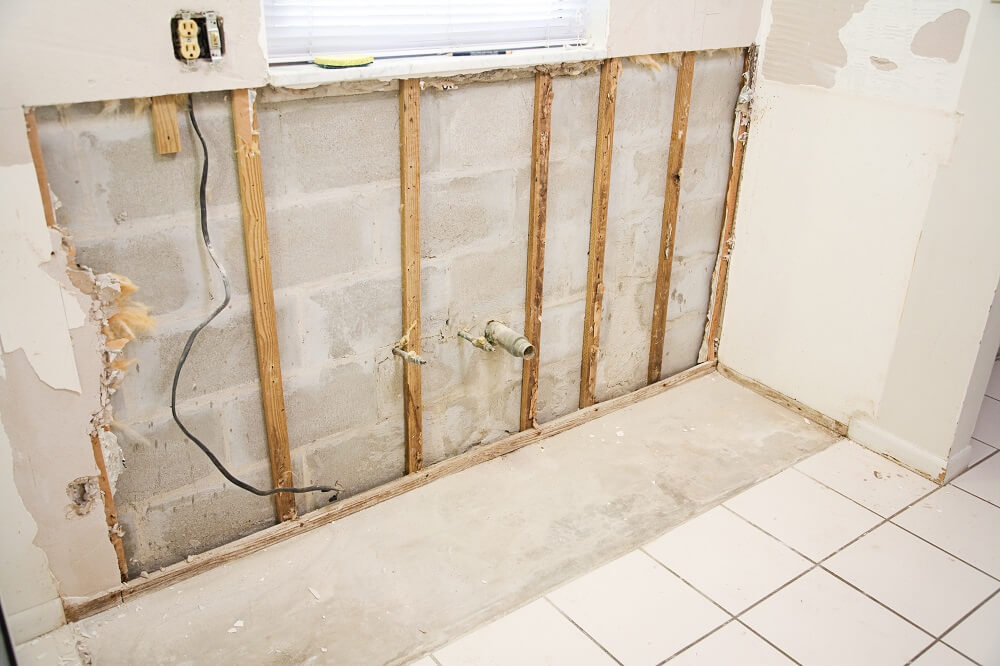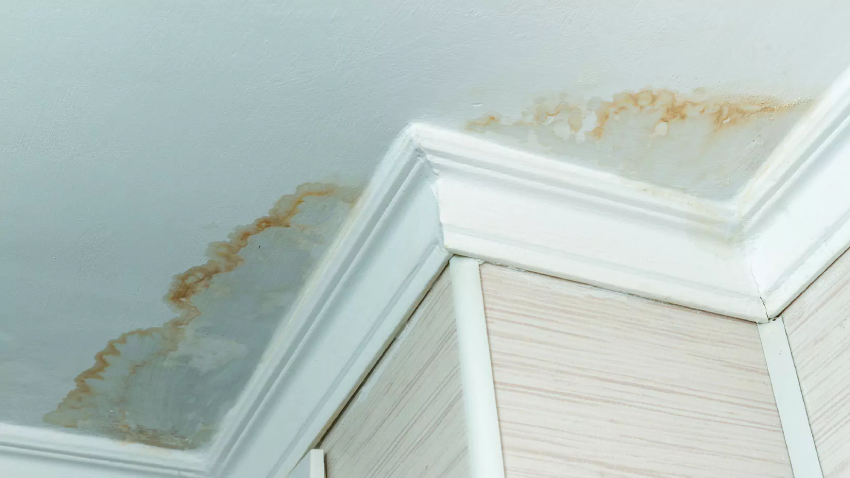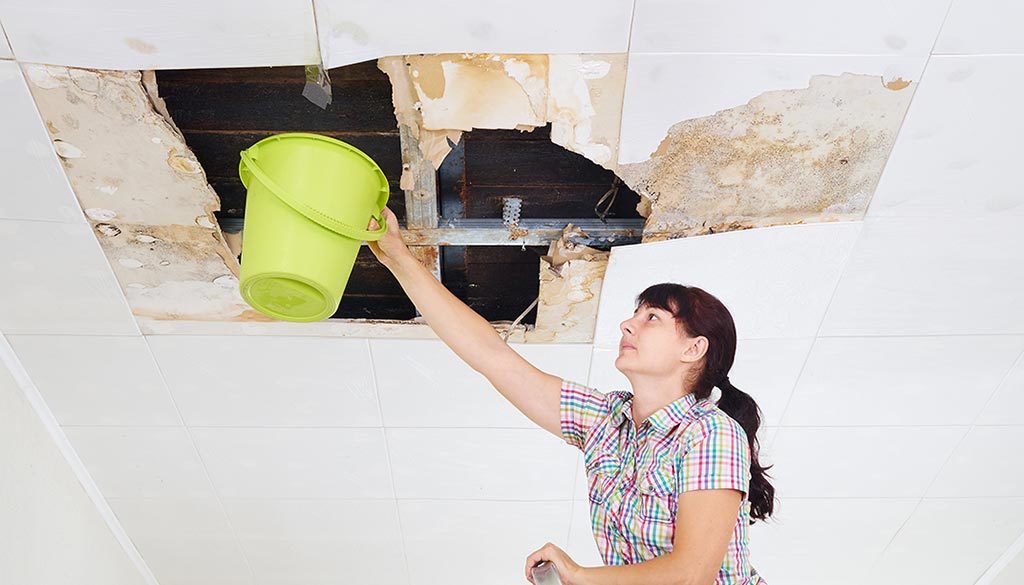Water Damage Cleanup Experts Offering Prompt and Efficient Solutions
Water Damage Cleanup Experts Offering Prompt and Efficient Solutions
Blog Article
The Process of Water Damage Cleanup: Ensuring Your Home Is Restored Successfully
Water damages can be a challenging challenge for property owners, demanding a precise and structured cleanup process to bring back security and performance. A detailed evaluation is important to identify the degree of the damage and identify the suitable removal procedures. Following this, efficient water extraction strategies play an essential function in reducing further injury. Nevertheless, the nuances of drying out, disinfecting, and eventual reconstruction are similarly essential and frequently forgotten. Recognizing these phases can make a considerable distinction in the outcome of your home's reconstruction, triggering a closer look at what each step requires.
Assessing the Damage
Upon discovering water damage, the initial step is to extensively assess the level of the effect. This preliminary analysis is crucial, as it helps determine the required actions for reliable cleanup and restoration. Begin by checking the impacted areas, including wall surfaces, ceilings, floorings, and personal possessions, to determine the source of the water breach, whether from flooding, leakages, or condensation.
Recording the damages is essential for both insurance policy claims and planning restoration efforts - damage restoration services. Use photographs and composed notes to catch the seriousness of the damage, noting any kind of affected architectural elements and products. Pay unique attention to areas that might not be promptly visible, such as behind walls and under rugs, as concealed dampness can result in additional issues, including mold and mildew growth
In addition, examine the timeline of the water exposure. The longer the materials stay damp, the higher the capacity for damage. Understanding the duration of exposure will educate the seriousness of remediation initiatives. Ultimately, a thorough assessment prepares for an effective water damage clean-up process, ensuring that all influenced areas are dealt with efficiently and thoroughly.
Water Removal Techniques

Professionals normally utilize submersible pumps for bigger volumes of water, which can quickly minimize flooding in basements or other impacted locations. For smaller sized quantities, wet/dry vacuums are commonly made use of to draw out recurring dampness from carpetings and tough surface areas. Additionally, utilizing mobile extractors permits for targeted elimination in restricted rooms or locations with delicate products.
In instances of infected water, such as sewer or floodwater, progressed extraction methods might entail the usage of biohazard tools to guarantee security and compliance with health and wellness regulations. High-powered extraction tools are critical in minimizing water retention in structural products, which can cause mold and mildew development and architectural deterioration if not attended to without delay.
Inevitably, the performance of water removal techniques plays a critical function in the general success of the water damage clean-up procedure, laying the foundation for succeeding reconstruction initiatives.
Drying and Dehumidification
As soon as standing water has actually been efficiently extracted, the following important stage in the water damages clean-up process is drying and dehumidification. This action is necessary to protect against more damages and mold development, which can take place within 24 to two days in wet settings.
To accomplish effective drying out, specific devices such as industrial-grade air movers and dehumidifiers is used. Air moving companies circulate air throughout damp surface areas, enhancing dissipation rates, while dehumidifiers reduce moisture degrees in the air, advertising a conducive setting for drying. The mix of these devices guarantees that moisture is extracted from floorings, wall surfaces, and home furnishings, permitting them to dry completely.
It is essential to check the drying procedure closely. Experts often make use of moisture meters to analyze the wetness material in different materials, making sure that all impacted areas get to acceptable dry skin levels. This meticulous technique assists to stop surprise wetness pockets that can lead to structural damages or unhealthy mold development.

Cleansing and Sterilizing
After the drying and dehumidification phase is total, the following important action in water damage cleanup is cleaning up and sanitizing the affected areas. This process is crucial to protect against the development of mold, germs, and various other pathogens that grow in moist settings.
The cleaning phase normally includes eliminating any type of debris, dirt, and contaminants from surface areas using specialized cleaning agents. For hard surfaces, a combination of soap and water or commercial cleansing items is usually used. Soft materials, such as upholstery and carpetings, may need extra comprehensive cleansing approaches, including heavy steam cleaning or deep extraction techniques, to make sure comprehensive hygiene.

Sanitizing complies with cleansing, utilizing EPA-approved anti-bacterials to remove unsafe microorganisms. This step is essential, specifically in locations that might have entered into contact with floodwaters or sewage, as these resources can posture serious health risks.
Additionally, it is very does homeowners insurance cover water damage from leaking pipes important to attend to any kind of staying smells, which might need the usage of odor neutralizers or advanced techniques like ozone therapy. Appropriate cleaning and sterilizing not only recover the safety and security and hygiene of your home yet additionally prepared for successful restoration and fixings in subsequent phases of the water damage cleaning process.
Remediation and Repairs

As soon as the analysis is complete, restoration efforts can start. This commonly involves repairing or changing damaged materials, making certain that all work follows neighborhood building regulations and standards. If drywall has actually been jeopardized, it will certainly need to be gotten rid of and changed with new product. Additionally, flooring might call for comparable focus, relying on the level of water direct exposure.
It is essential to involve seasoned remediation experts throughout this procedure, as they have the expertise to handle complicated fixings properly. They can assist alleviate potential future restoration contractors concerns, such as go to these guys mold and mildew growth or architectural instability, therefore guaranteeing a safe and habitable living environment. Eventually, efficient reconstruction and repair services bring back the home's integrity and improve its overall value.
Conclusion
To conclude, the process of water damage clean-up is essential for recovering a home to its pre-damage problem. Each stage, from analyzing the damage to carrying out reliable water removal strategies, adhered to by thorough drying out, disinfecting, and required repair work, plays an essential duty in guaranteeing safety and conformity with building requirements. Effective execution of these actions not just alleviates instant damage yet also boosts the long-lasting honesty and value of the residential or commercial property.
Water damages can be a challenging obstacle for home owners, demanding a precise and organized cleanup process to restore safety and functionality. Ultimately, a thorough evaluation lays the groundwork for an effective water damages cleanup procedure, ensuring that all impacted areas are attended to efficiently and thoroughly.
Reliable water removal strategies are vital in minimizing damage and avoiding more complications following a water breach event.In final thought, the procedure of water damage cleanup is essential for bring back a home to its pre-damage condition. Each phase, from assessing the damages to implementing effective water removal methods, adhered to by comprehensive drying, sanitizing, and required repair work, plays an essential role in ensuring safety and security and conformity with structure criteria.
Report this page